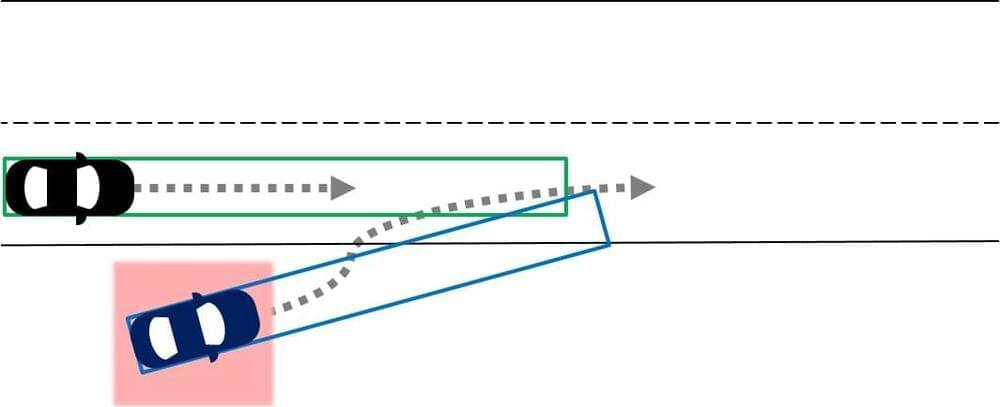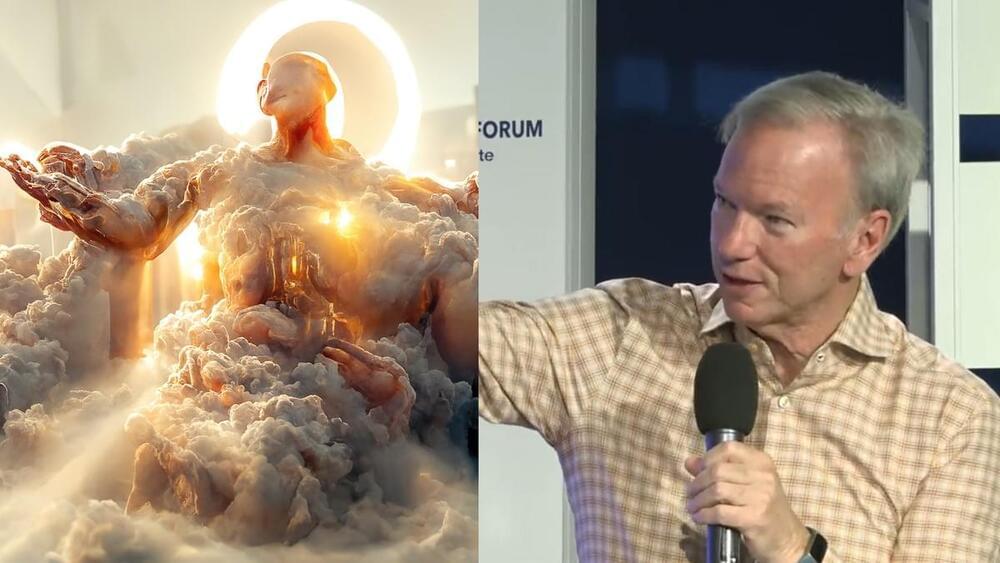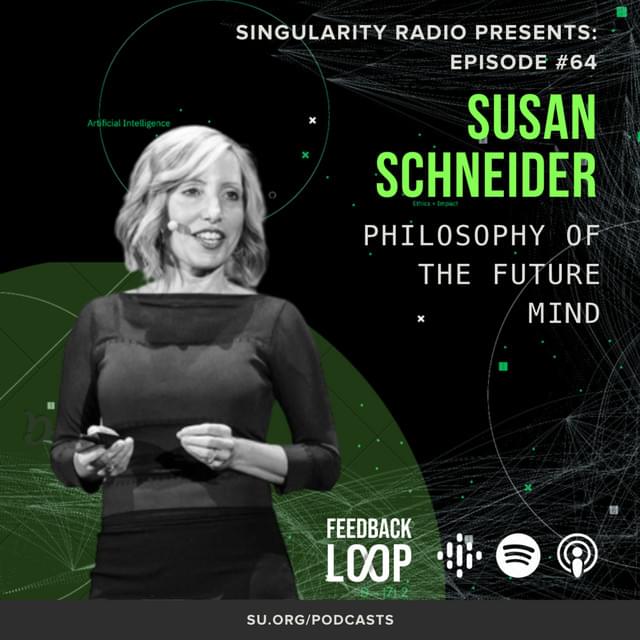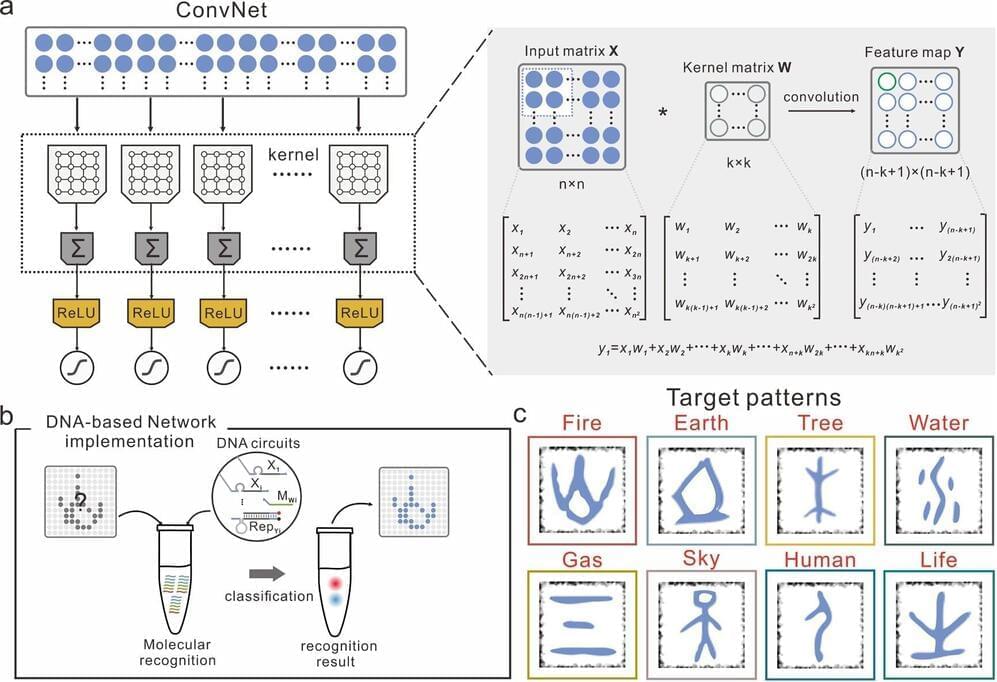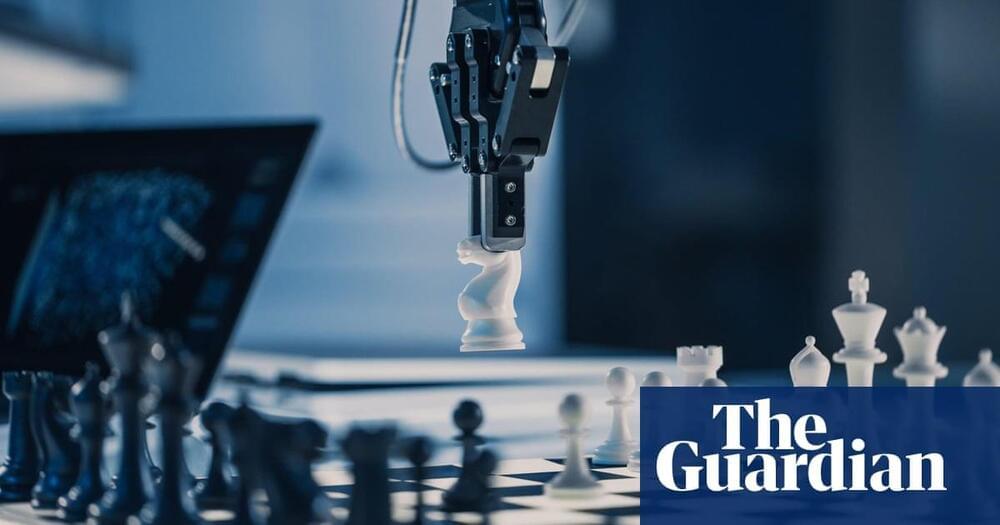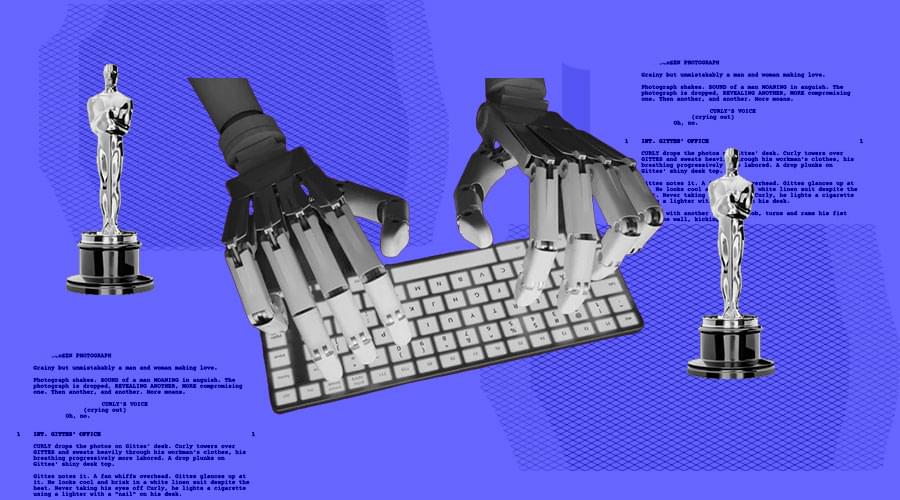Researchers at Ulm University in Germany have recently developed a new framework that could help to make self-driving cars safer in urban and highly dynamic environments. This framework, presented in a paper pre-published on arXiv, is designed to identify potential threats around the vehicle in real-time.
The team’s paper builds on one of their previous studies, featured in IEEE Transactions on Intelligent Vehicles earlier this year. This previous work was aimed at providing autonomous vehicles with situation-aware environment perception capabilities, thus making them more responsive in complex and dynamic unknown environments.
“The core idea behind our work is to allocate perception resources only to areas around an automated vehicle that are relevant in its current situation (e.g., its current driving task) instead of the naive 360° perception field,” Matti Henning, one of the researchers who carried out the study, told TechXplore. “In this way, computational resources can be saved to increase the efficiency of automated vehicles.”
